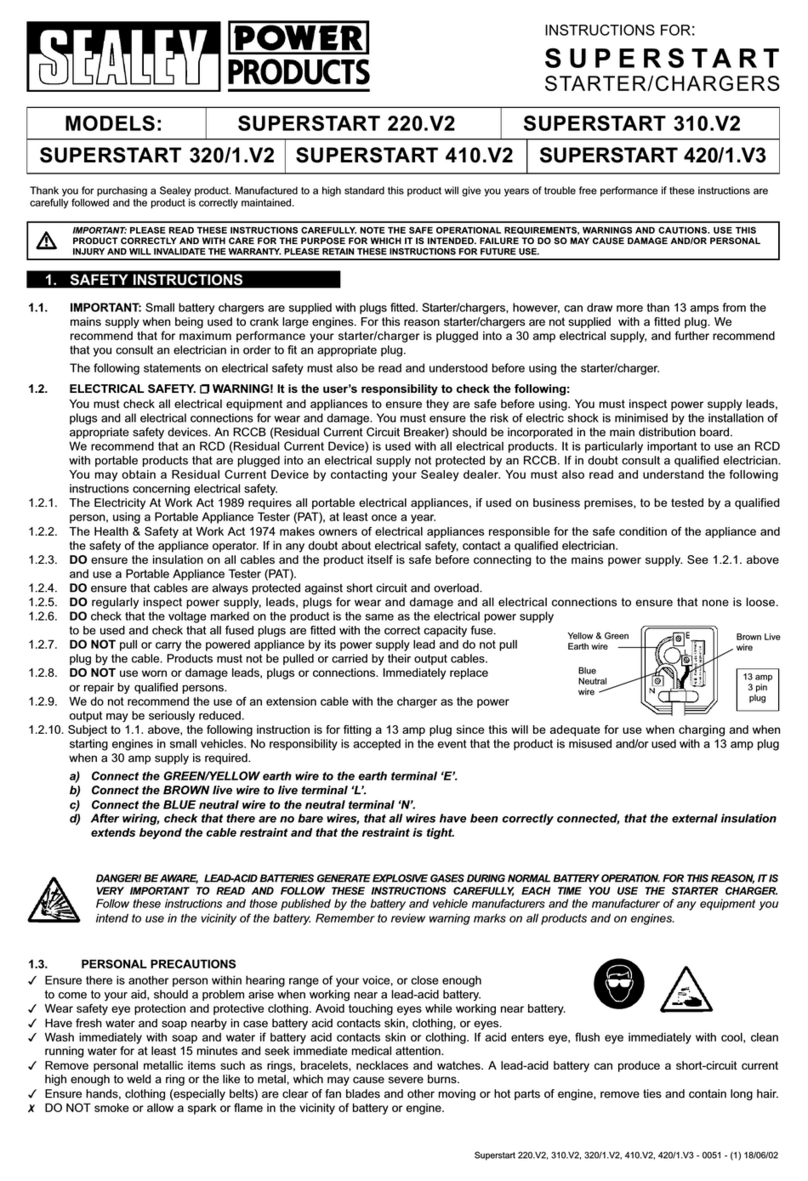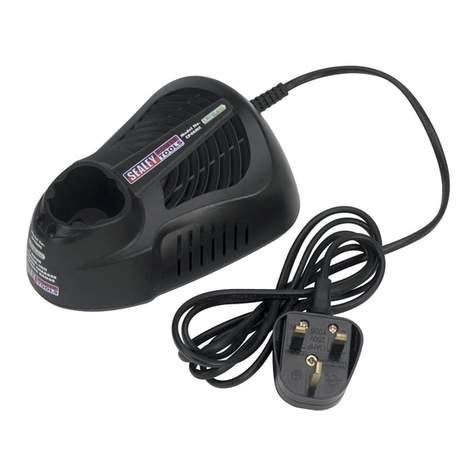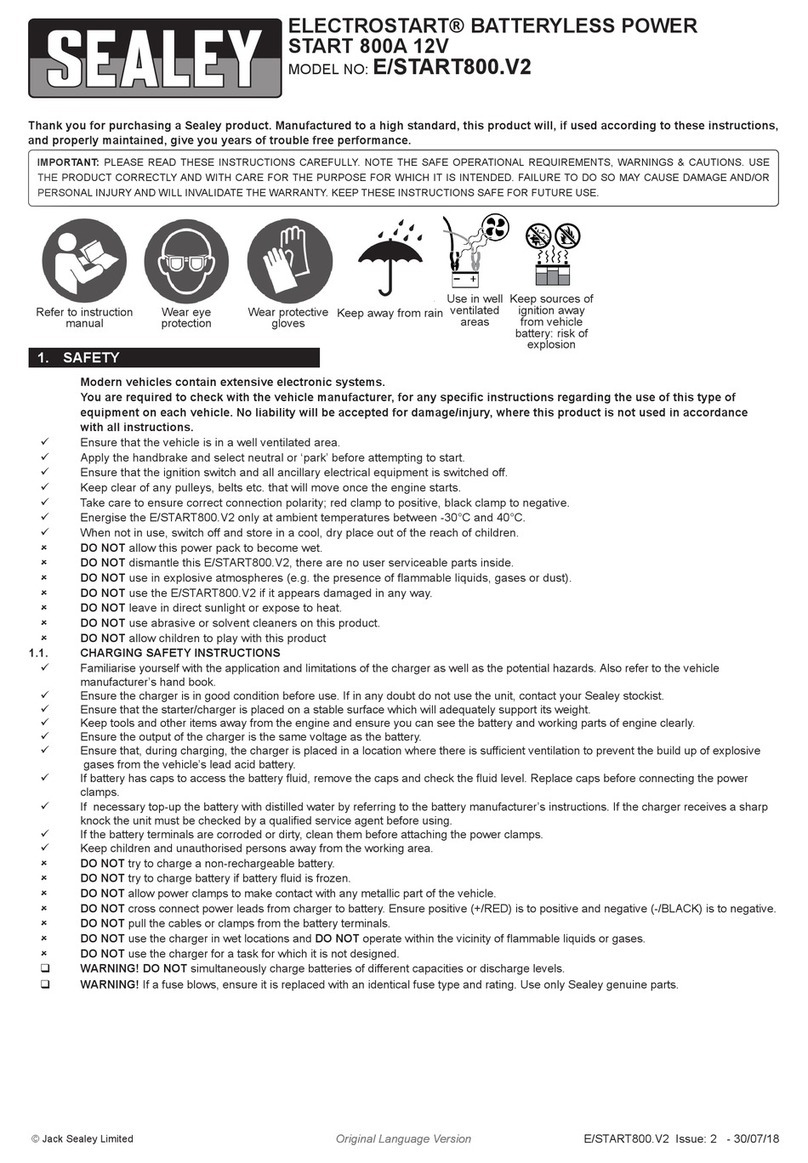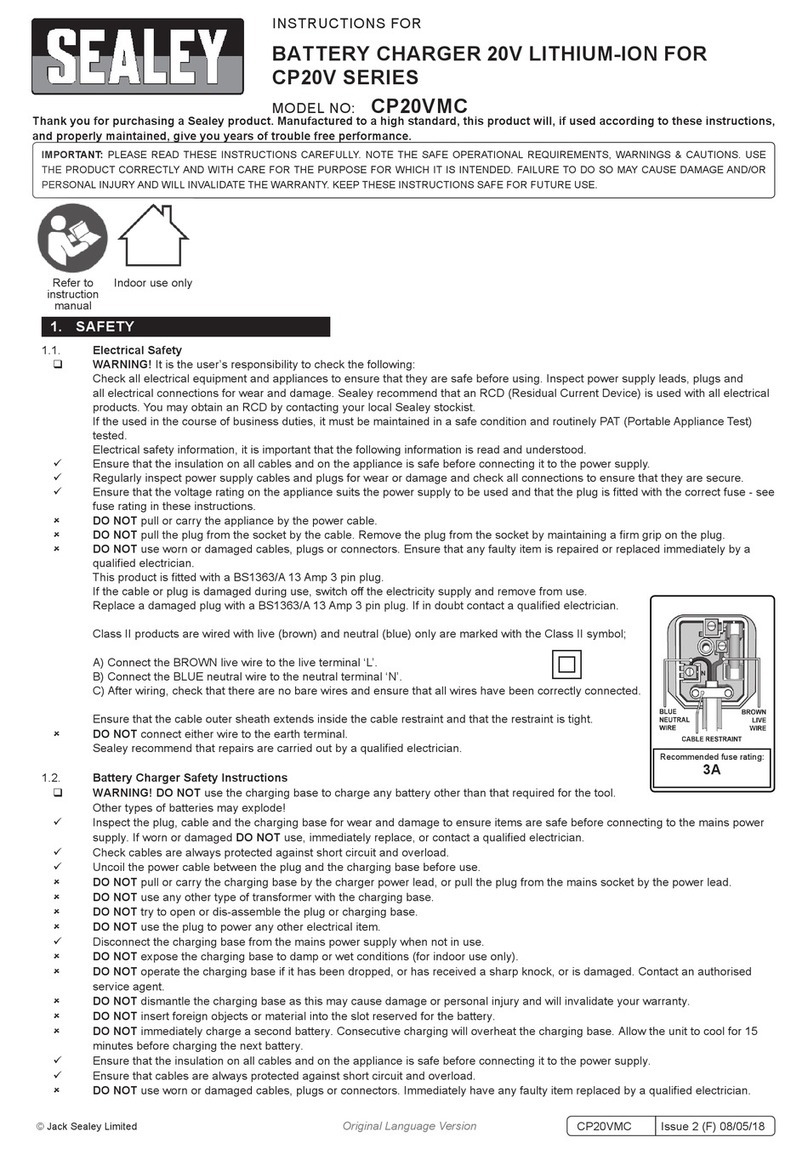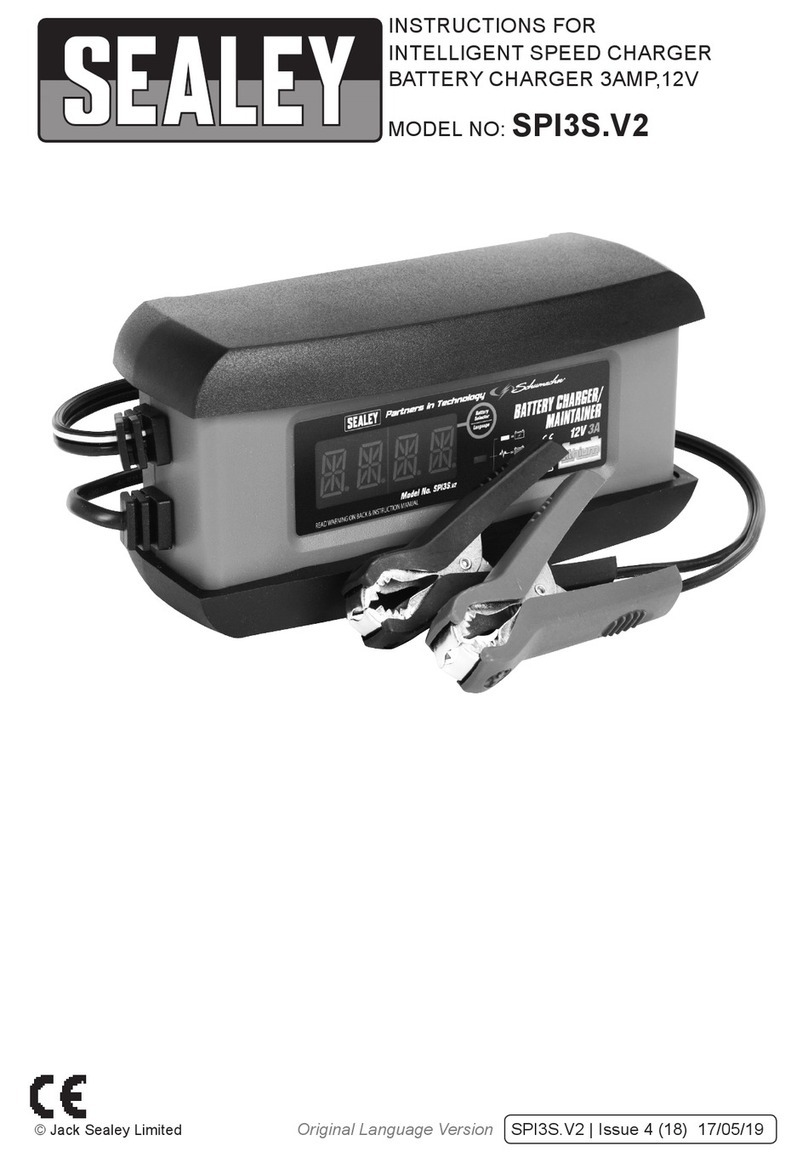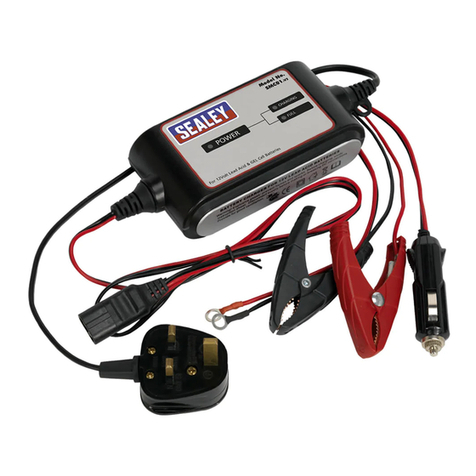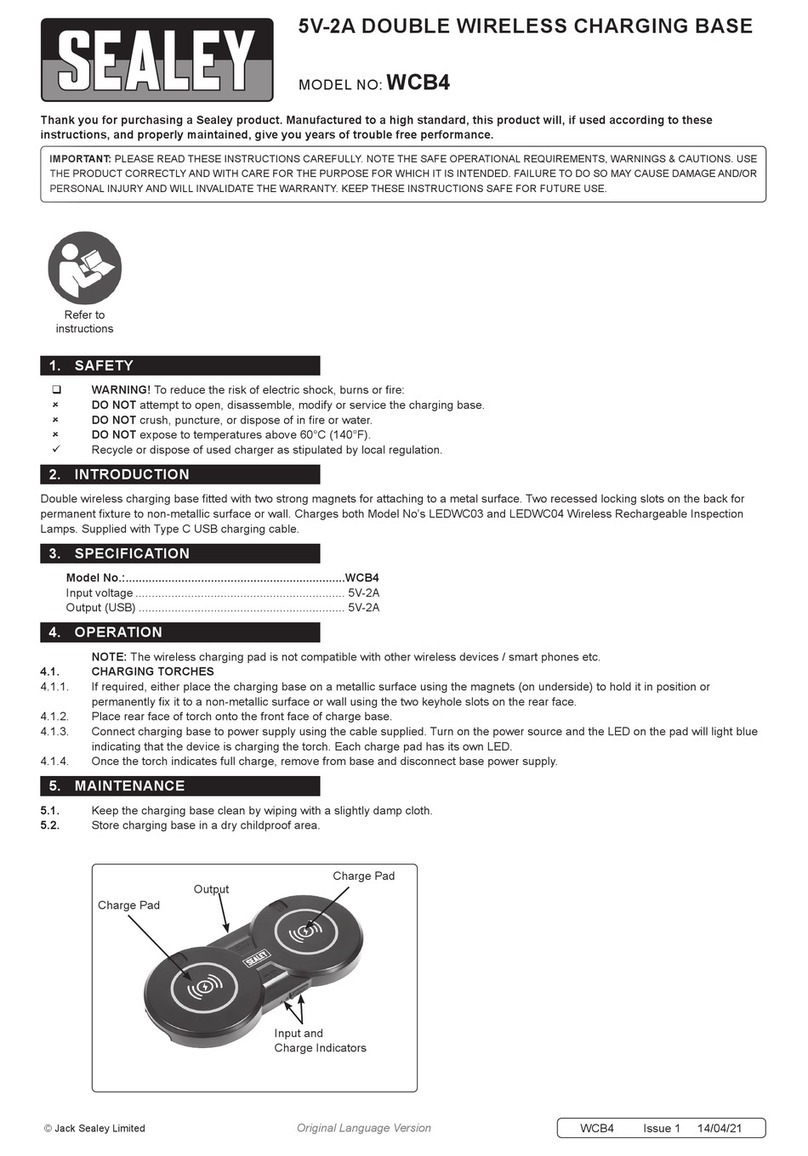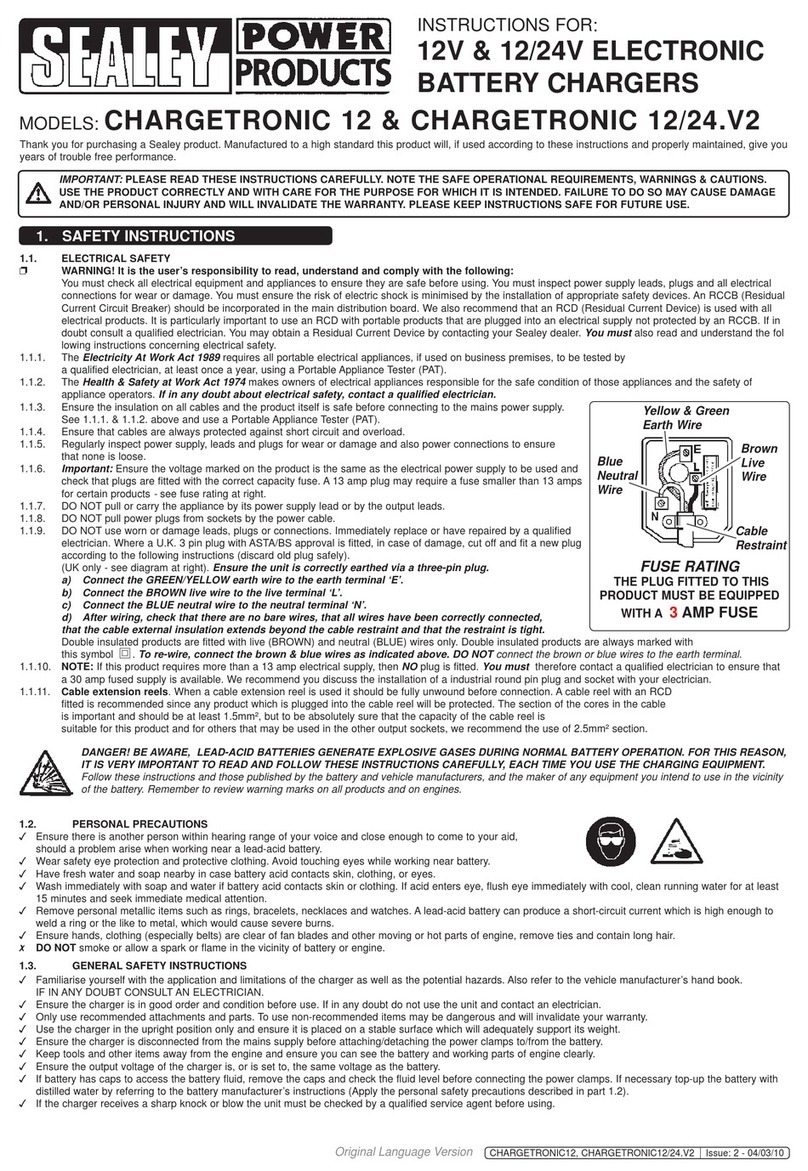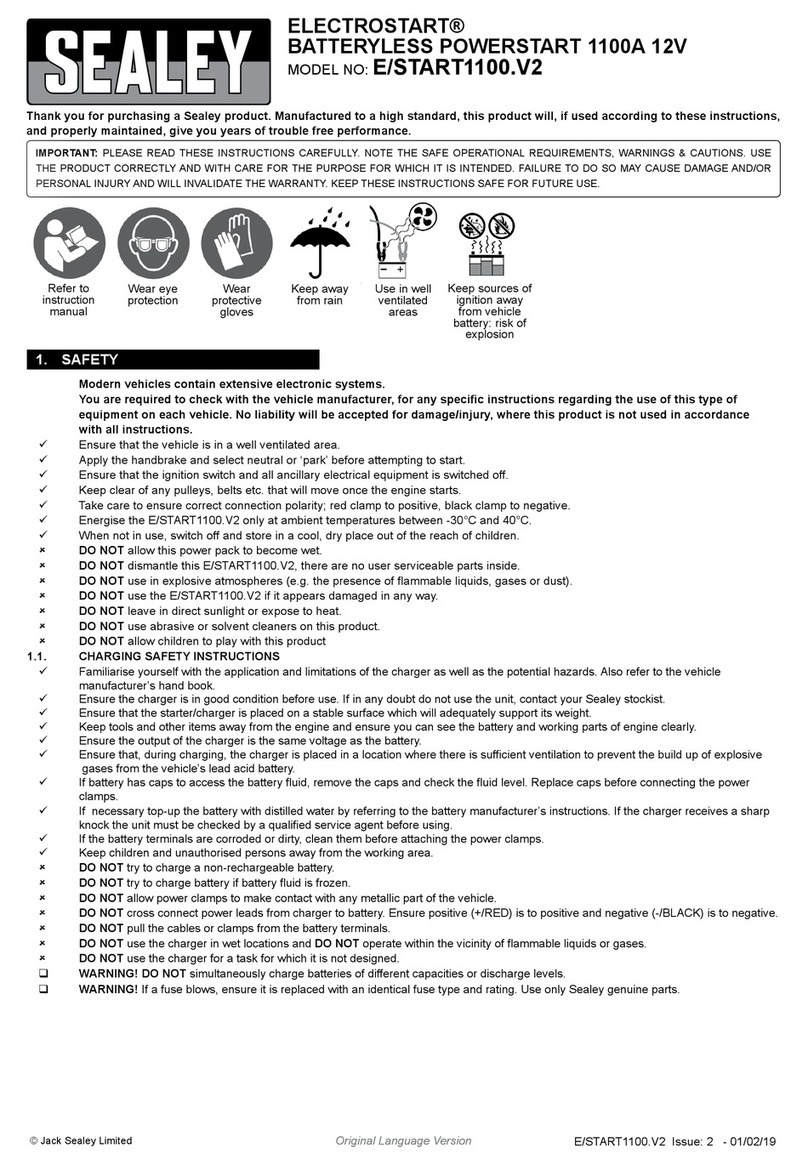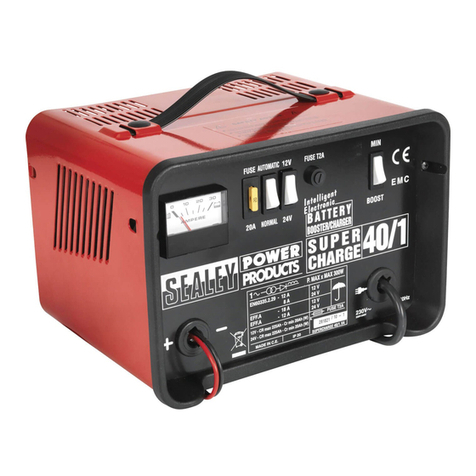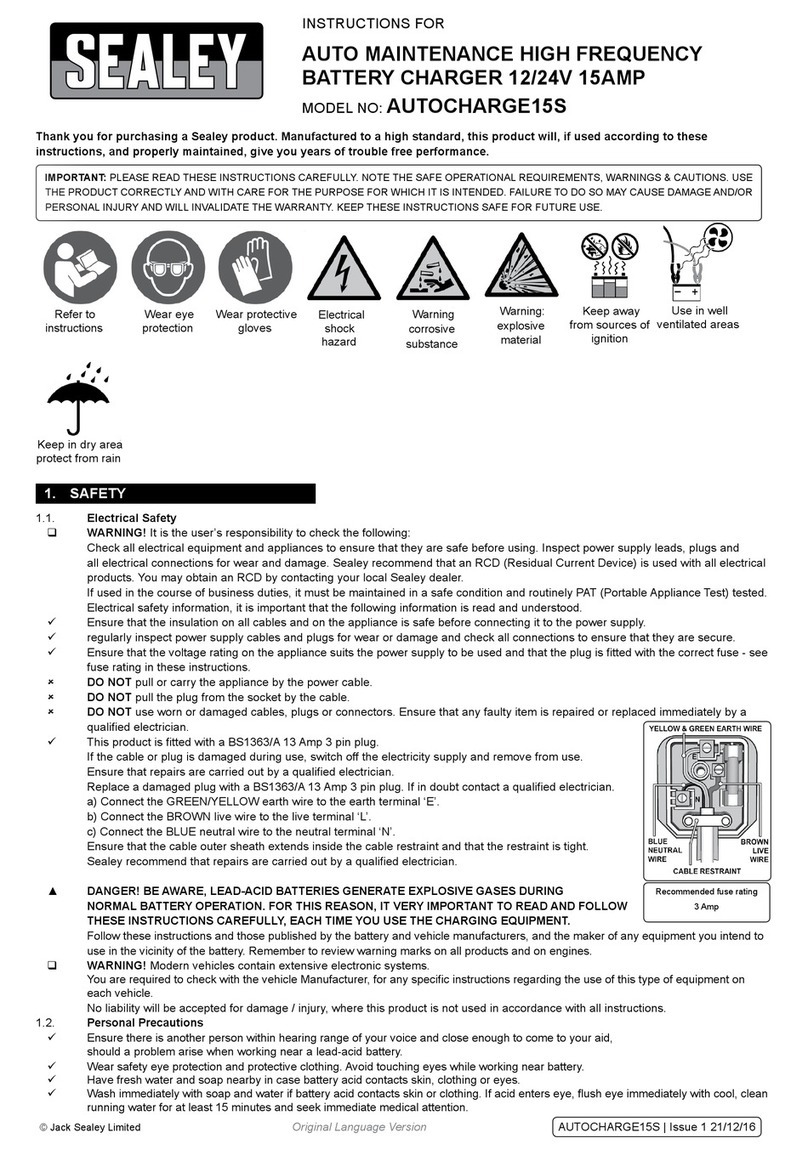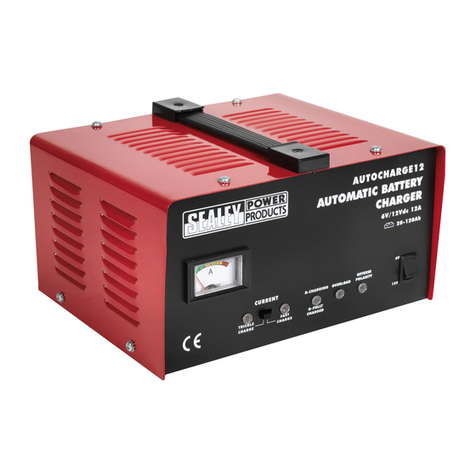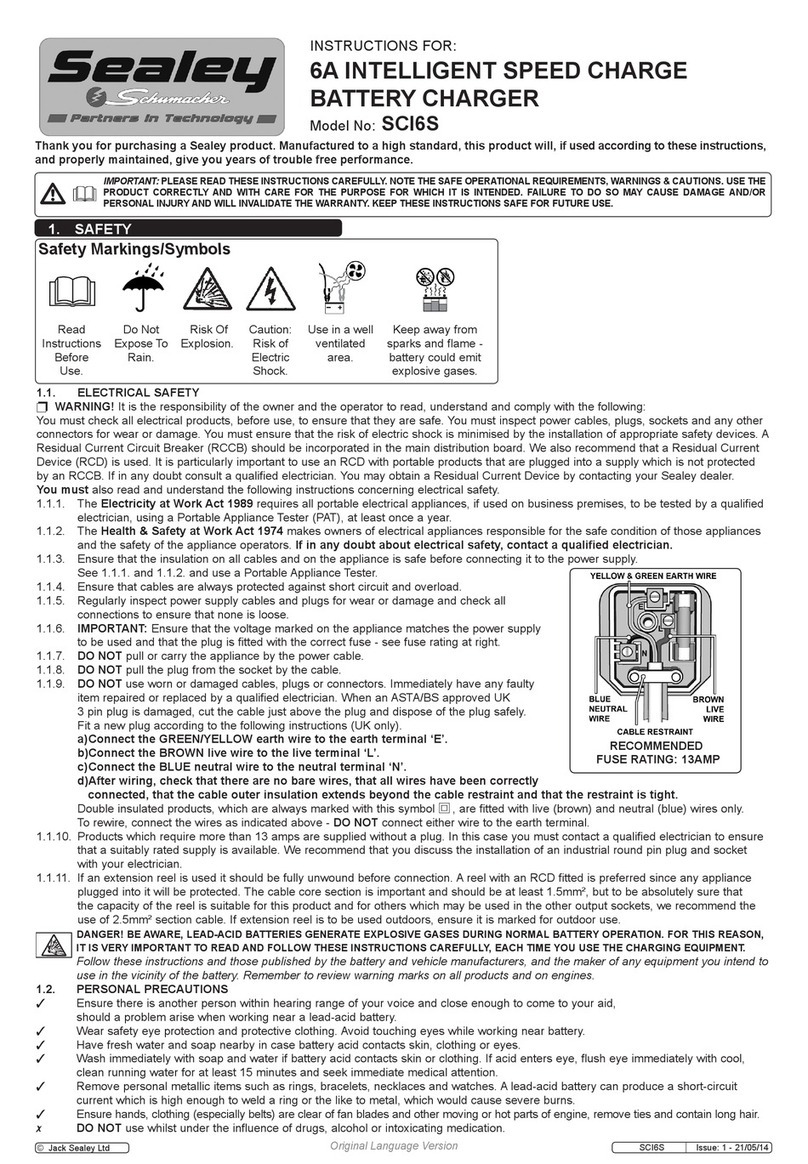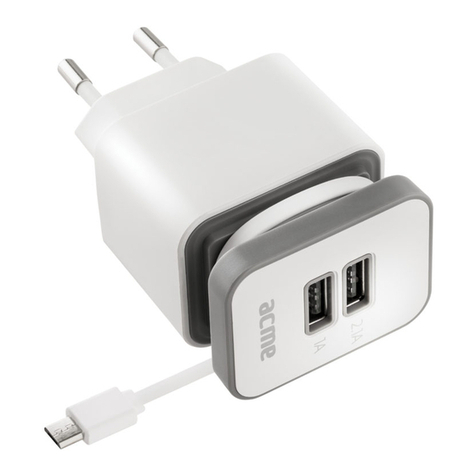
1.2. Personal Precautions
9Ensure there is another person within hearing range of your voice and close enough to come to your aid, should a problem arise when
working near a lead-acid battery.
9Wear safety eye protection and protective clothing. Avoid touching eyes while working near battery.
9Have fresh water and soap nearby in case battery acid contacts skin, clothing or eyes.
9 Wash immediately with soap and water if battery acid contacts skin or clothing. If acid enters eye, flush eye immediately with cool,
clean running water for at least 15 minutes and seek immediate medical attention.
9 Remove personal metallic items such as rings, bracelets, necklaces and watches. A lead-acid battery can produce a short-circuit
current which is high enough to weld a ring or the like to metal, which would cause severe burns.
9Ensure hands, clothing (especially belts) are clear of fan blades and other moving or hot parts of engine, remove ties and contain long hair.
8DO NOT smoke or allow a spark or flame in the vicinity of battery or engine.
1.3. General Safety Instructions
9Familiarise yourself with the application and limitations of the charger as well as the potential hazards. Also refer to the vehicle
manufacturer’s hand book. IF IN ANY DOUBT CONSULT A QUALIFIED ELECTRICIAN.
9Ensure the charger is in good order and condition before use. If in any doubt do not use the unit, contact your Sealey stockist.
9 Ensure the charger is disconnected from the mains supply before attaching/detaching the power clamps to/from the battery.
9Keep tools and other items away from the engine and ensure you can see the battery and working parts of engine clearly.
9Ensure the output of the charger is the same voltage as the battery.
9Ensure that during charging, the charger is placed in a location where there is sufficient ventilation to prevent the build up of explosive
gases from a lead acid battery.
9If battery has caps to access the battery fluid, remove the caps and check the fluid level before connecting the power clamps. If
necessary top-up the battery with distilled water by referring to the battery manufacturer’s instructions (Apply the personal
safety precautions described in part 1.2).
9If the charger receives a sharp knock or blow the unit must be checked by a qualified service agent before using.
9If the battery terminals are corroded or dirty clean them before attaching the power clamps.
9Keep children and unauthorised persons away from the working area.
8DO NOT disassemble the charger for any reason. The charger must only be checked by qualified service personnel.
8DO NOT try to charge a non-rechargeable battery.
8DO NOT try to start engine when charger is connected to battery.
8DO NOT try to charge battery if battery fluid is frozen.
WARNING! To prevent the risk of sparking, short circuit and possible explosion DO NOT drop metal tools in the battery area, or allow
them to touch the battery terminals.
8DO NOT allow power clamps to touch each other or to make contact with any metallic part of the vehicle.
8DO NOT cross connect power leads from charger to battery. Ensure positive (+/RED) is to positive and negative (-/BLACK) is to
negative.
8DO NOT pull the cables or clamps from the battery terminals.
8DO NOT use the charger outdoors, or in damp, or wet locations and DO NOT operate within the vicinity of flammable liquids or gases.
8DO NOT use charger inside vehicle or inside engine compartment.
8DO NOT use the charger for a task for which it is not designed.
WARNING! DO NOT simultaneously charge batteries of different capacities or discharge levels.
WARNING! If a fuse blows, ensure it is replaced with an identical fuse type and rating. Use only Sealey genuine parts.
9 When not in use, store the charger carefully in a safe, dry, childproof location.
NOTE: This appliance can be used by children aged from 8 years and above and persons with reduced physical,
sensory or mental capabilities or lack of experience and knowledge if they have been given supervision or instruction
concerning use of the appliance in a safe way and understand the hazards involved. Children shall not play with the
appliance. Cleaning and user maintenance shall not be made by children without supervision.
2. INTRODUCTION
Fully automatic 9-cycle switch mode charger and maintainer designed for charging a variety of batteries: SLA, WET, AGM and VRLA.
You know exactly how the charger is performing; the LED display indicates charging or maintenance phase. Charger will recover slightly
sulphated batteries and may rescue drained batteries. Supplied with multi-t charger cables featuring crocodile clips, eyelets, vehicle
accessory plug and hard-wired terminals incorporating a water tight plug and socket for permanent installation. For motorcycles and cars.
3. SPECIFICATION
Model no: ..............................................................SMC02.V3
Type: ................................................................... 9-cycle 12V
Input:..............................................................................230V
Output: .............................................................................12V
Input current:.................................................................0.45A
Efciency:......................................................................>80%
Charging current: ...............................................................4A
Back current drain:..............................................<1Ah/month
Ambient temperature:.........................................-20°C-+50°C
Dimensions L x W x H):............................233 x 82 x 46.5mm
Housing protection: .........................................................IP44
Weight:........................................................................ 0.54kg
4. CONNECTION TO BATTERY
NOTE: THE CHARGER SHOULD BE CONNECTED TO THE BATTERY OR THE VEHICLE ACCESSORY SOCKET, BEFORE
CONNECTING TO THE MAINS SUPPLY.
4.1. The output cable from the charger terminates in a socket into which three alternative leads can be connected. (see Fig.1)
4.1.1. One lead set (A) has two colour coded battery clamps which can be quickly attached to and detached from the battery posts. The
other end of the cable terminates with a plug for connection to the charger lead socket.
4.1.2. The second lead (B) can be connected to the vehicle via the vehicle accessory socket. The other end of the cable terminates with a
plug for connection to the charger lead socket.
SMC02.V3 | Issue 1 31/08/16
Original Language Version
© Jack Sealey Limited
